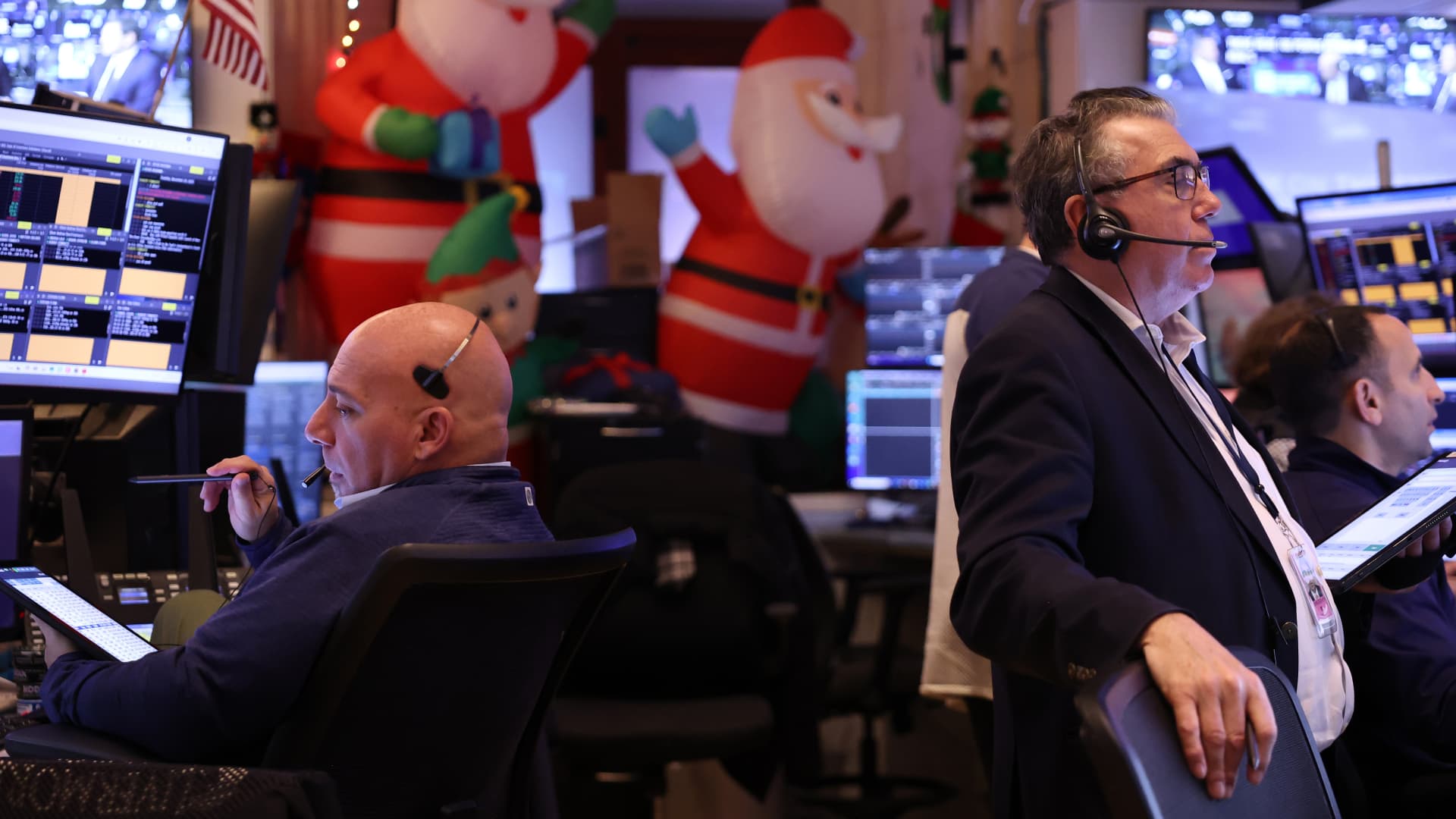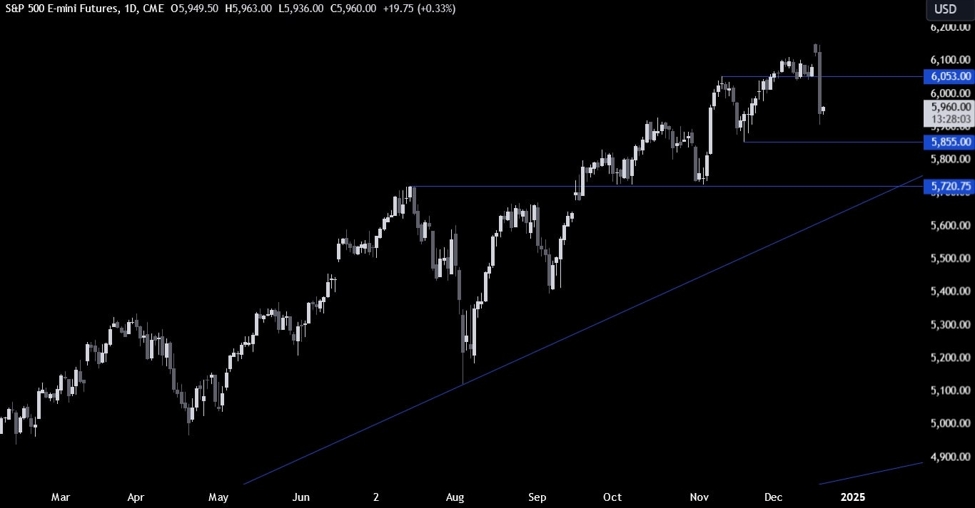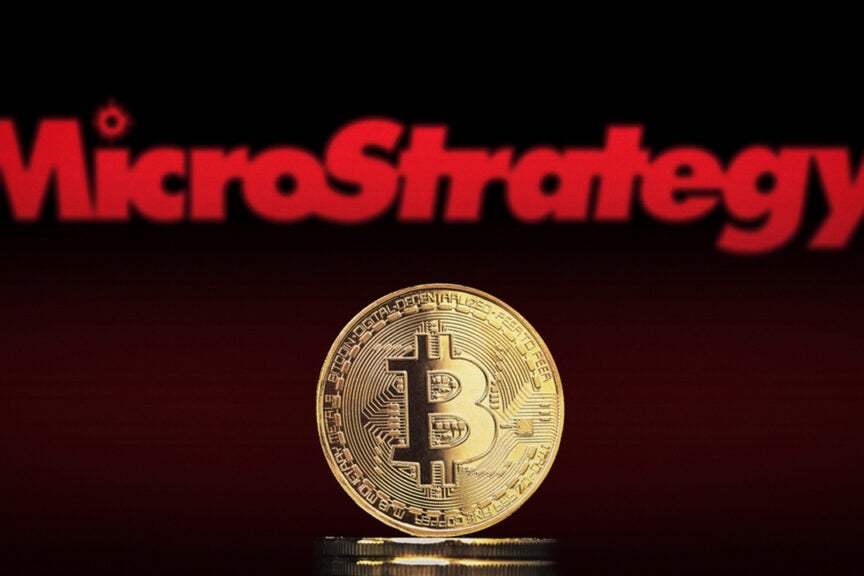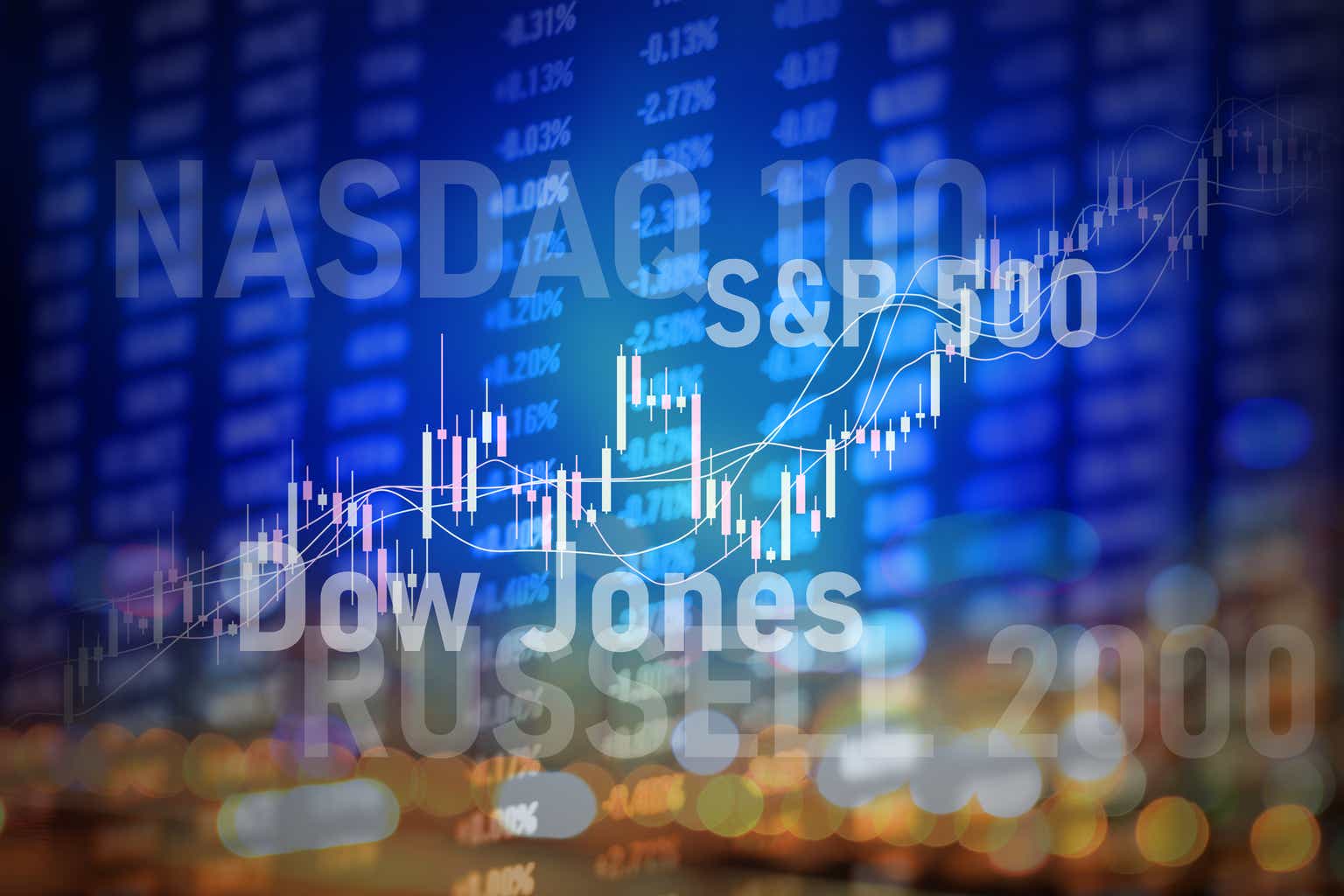A trader works on the floor of the New York Stock Exchange on Aug. 4, 2022.
Source: NYSE
Stocks erased earlier losses in thin trading on Thursday after the market’s strong back-to-back gains at the start of the holiday week.
The S&P 500 and the Nasdaq Composite both reversed early losses. The Dow Jones Industrial Average traded 10 points higher after losing as much as 182 points earlier in the session. The market was closed on Wednesday for Christmas Day.
Thursday’s action came after a solid Christmas Eve for the S&P 500. The benchmark’s 1.1% gain on Tuesday marked its best Christmas Eve performance since 1974, according to Bespoke. So far this week, the S&P 500 is up 1.8%, while the Dow has gained 1%. The strong rally in megacap tech lifted the Nasdaq 2.3% week to date.
Investors were enthusiastic about the so-called Santa Claus rally, which occurs in the last five trading days of the year and the first two in January. Since 1950, the S&P 500 has generated an average return of 1.3% during this period, widely outpacing the market’s average seven-day return of 0.3%, according to LPL Financial. Thursday marks the second day of the Santa rally.
“The Santa Claus Rally may be alive and well. We’ll see, or it could be tough sledding,” Michael Zinn, UBS Wealth Management’s senior portfolio manager, said on CNBC’s “Squawk Box.” “It’s a sleepy time of year. The institutions aren’t really trading. It’s a little bit more retail driven. So what happens at the end of the year is not necessarily an indicator for how January and February go.”
On the data front, jobless claims for the week ended Dec. 21 totaled 219,000, compared to the 225,000 consensus forecast from economists surveyed by Dow Jones. However, continuing claims, or recurring applications for unemployment benefits, rose to 1.91 million, reaching the highest level since Nov. 13, 2021.
Month to date, the S&P 500 is up by 0.1%, while the tech-heavy Nasdaq has rallied 4.2%, thanks to the strong gains in Tesla, Apple and Alphabet. The blue-chip Dow, however, is down about 3.6%, on track for its worst month since April.




